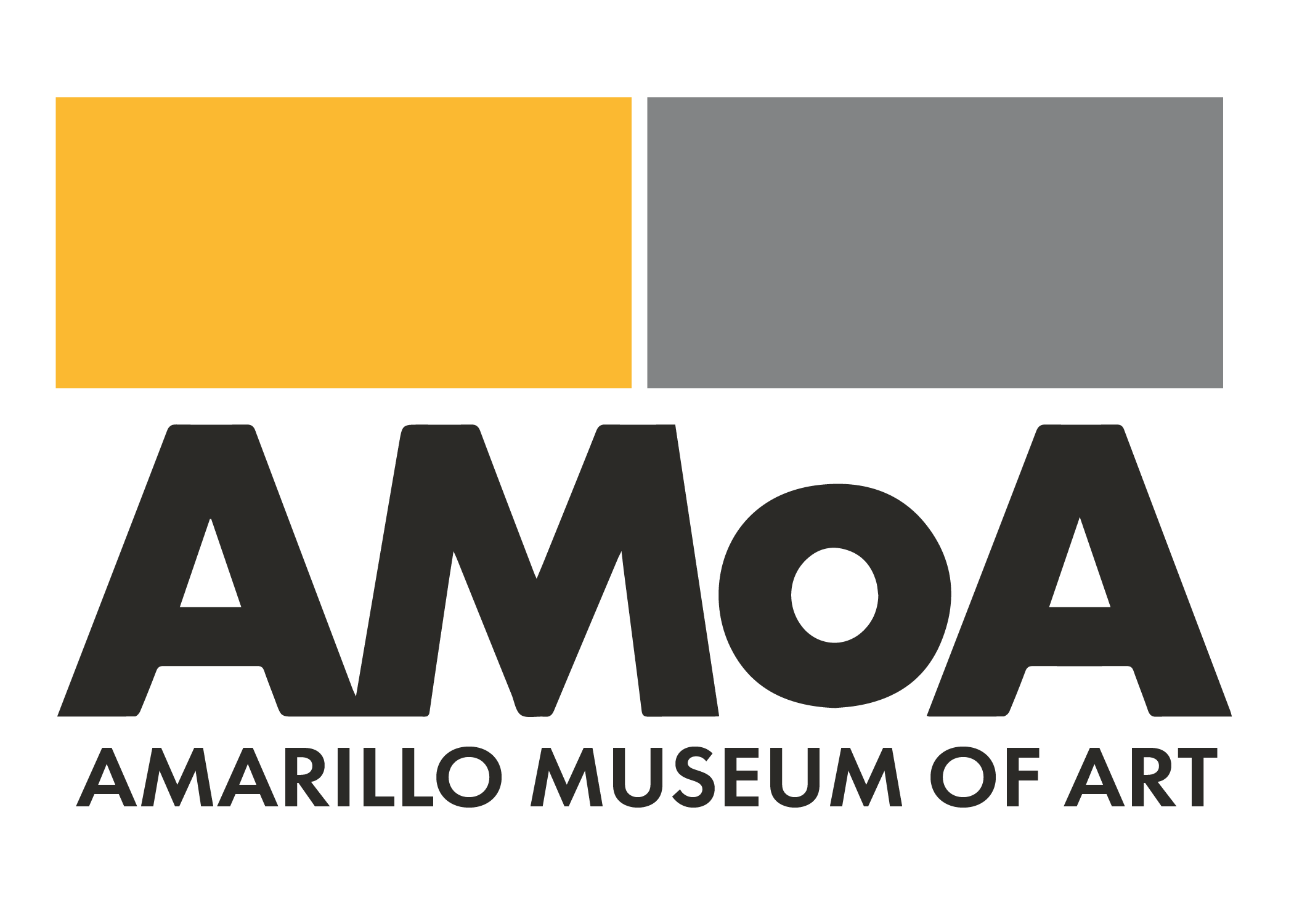PRECIPICE
1 SUBJECT – 3 ARTISTS
Click on the artist’s name to see a virtual tour of the exhibition and a conversation with the artist.
MARK MESSERSMITH
Mark Messersmith is an artist whose work depicts the battle for habitat and survival, both between humans and animals and between the animals themselves. With his large sculptural canvases, Messersmith creates a narrative where animals, insects and plants are in constant struggle. The struggle is often with the natural cycles of life and the food chain but more noticeably against the onslaught of human expansion. His oil paintings contain a frenetic energy of flora and fauna mixed with logging trucks, oil refineries, and apocalyptic cityscapes. Messersmith is professor of art at Florida State University, where he has taught since 1985. He has received an Individual Artist Fellowship from the State of Florida four times. He has also received two Ford Foundation Fellowships, two fellowships through the National Endowment for the Arts/Southern Arts Federation, and a Joan Mitchell Foundation award.
DAVID MAISEL
David Maisel is an artist working in photography and video. Among his chief concerns are the politics and aesthetics of radically human-altered environments, and how we perceive our place in time via investigations of cultural artifacts from both past and present. For over thirty years, Maisel has produced aerial photographs of compromised landscapes in a multi-chaptered series titled Black Maps, revealing the physical impact of activities such as mining, logging, urban sprawl, and military testing. These aerial views of human intervention on the landscape become compelling painterly abstractions with a strange beauty born of environmental degradation. Maisel is the recipient of a 2018 Guggenheim Fellowship in the Creative Arts as well as many other awards and honors. His photographs have been the subject of seven monographs: Proving Ground (Radius, 2020); Mount St Helens: Afterlife (Ivorypress, 2017); Black Maps: American Landscape and the Apocalyptic Sublime (Steidl, 2013); History’s Shadow (Nazraeli, 2011); Library of Dust (Chronicle, 2008); Cascade Effect (Nazraeli, 2008); Oblivion (Nazraeli, 2006); and The Lake Project (Nazraeli, 2004).
JESS BENJAMIN
Jess Benjamin’s artwork focuses on water usage in the Great Plains area: a regional concern that is related to the phenomenon of global drought and overconsumption of natural resources. As the daughter of a Nebraska farmer and rancher, Benjamin has witnessed the drought-like conditions in the Midwest throughout her life. Below the Midwest lies the greatest underground water reserve in the world, the Ogallala Aquifer. The United States has become increasingly dependent on commodities that require large quantities of diminishing water from the aquifer. Through research on water, Benjamin has discovered many structural similarities between intake towers, jackstones, and molecules of water and ethanol. Cartographic color, surface texture, and scale are used to aid in the understanding of water levels and drought conditions. Benjamin hopes to convey to the viewer the need to protect and preserve the aquifer, which contains our most precious resource, water.
EXHIBITION SPONSORS
SEASON SPONSORS
Anonymous I Dr. and Mrs. Michael Engler I Mr. and Mrs. Alfred Smith
David D. and Nona S. Payne Foundation I Dr. Kent Roberts and Ilene Roberts Balliett Foundation
This program is made possible in part by a grant from Humanities Texas, the state affiliate for the National Endowment for the Humanities.





